Slow is Fast: A Practice Rule to Live By
Slow is Fast: A Practice Rule to Live By
During the past 20 years, one simple technique helped me become a better player fast: going slow.
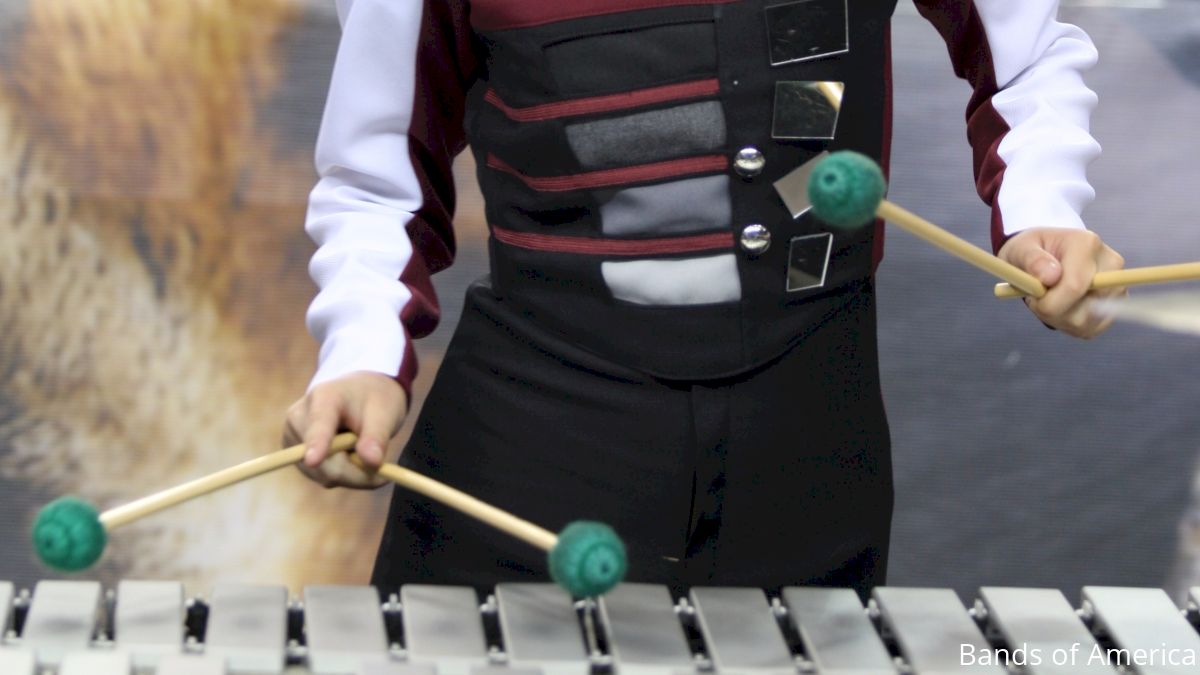
During the past 20 years, one simple technique helped me become a better player fast: going slow.
The phrase "slow is fast" actually originated from the U.S. military. This method helps ensure good technique habits, even when under extreme stress.
For example, when a special forces team enters a room for combat, the setting seems fast, chaotic, and extremely dangerous. But as a result of progressing through slow repetition, these complex muscle movements and split-second decisions are second nature.
They can execute difficult movements while observing and reacting to their surroundings because they practiced over and over again... slowly. Once they committed the CORRECT movements to muscle memory, they could begin to use the rest of their brain power to focus on their surroundings.
The same principles apply to marching. Whether you are just beginning or are an advanced musician, it's always helpful to break routines down slowly to first learn to perform them correctly with good technique. Building muscle-memory movements, like playing an instrument and marching, takes time to build the neurological pathways you need to allow your brain to send information to your body quickly. And the key is slow repetition.
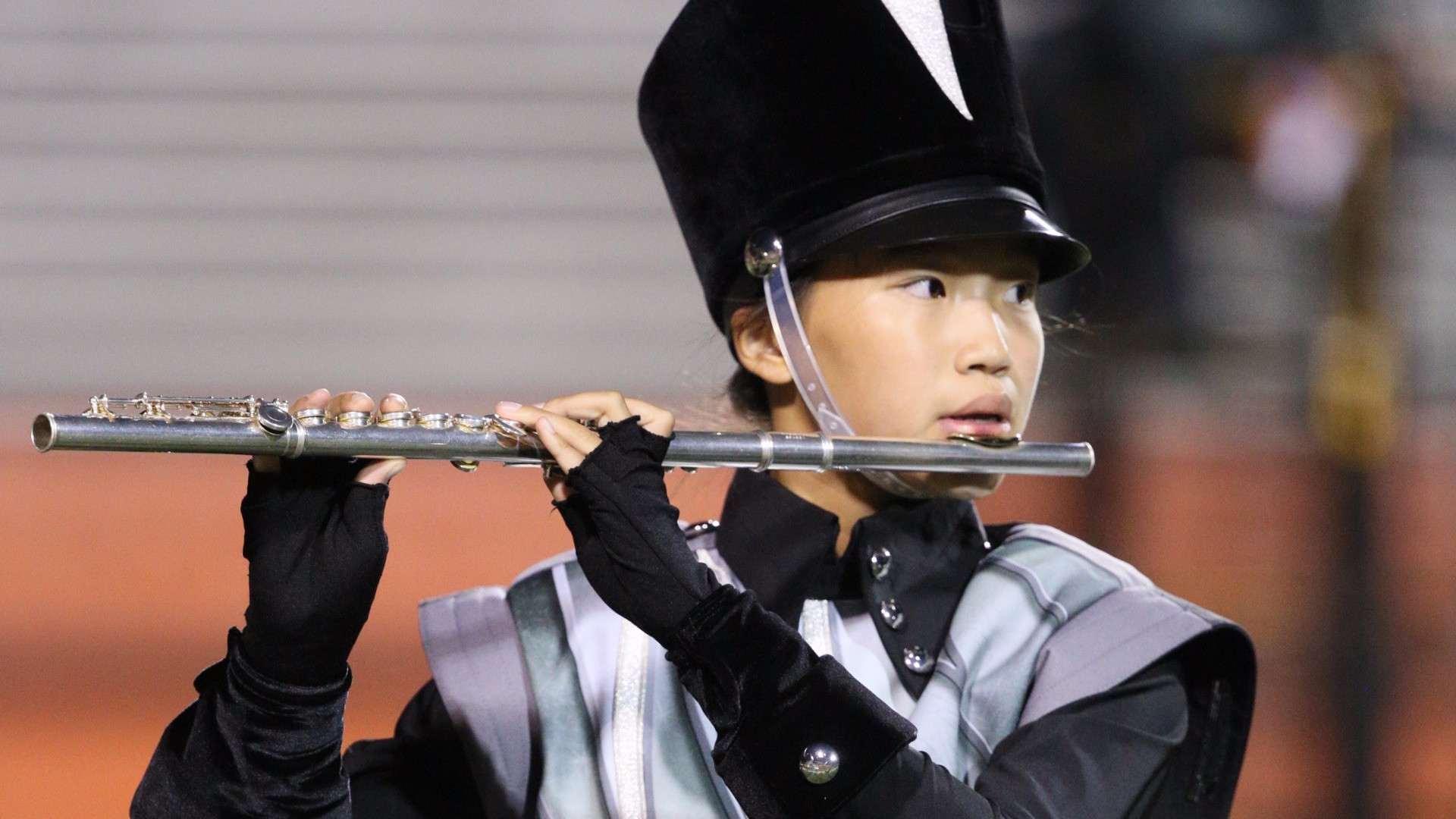
Once the correct neurological pathways are built, your subconscious mind takes over. You can then devote your conscious to questions in your listening environment, such as whether the tempo is pushing or pulling, or if the person you're guiding isn't going to make it. Advanced performers' minds slow down while their bodies are in action, similar to those military commandos.
While the show can be chaotic and the drills can be fast-paced, the minds of elite performers move slowly and under control, because they build the correct neurological pathways. Michael Merzenich's book, "The Brain That Changes Itself," says practicing a new habit under the right conditions can change hundreds of millions and possibly billions of the connections between the nerve cells in our neural pathways.
But repetition alone won't help you become an elite performer -- you need to build the correct neurological pathways. If you practice with poor technique, sound quality, or tempo control, it constructs bad pathways, which manifest as bad habits. Once those pathways are built, it's much more difficult to deconstruct those and rebuild the right ones.
So practice slowly. If you are learning a new technique, bust out your metronome and turn the tempo down. Learn to play it with perfect technique, sound quality, and tempo control. Play it at that speed until you've built those good pathways.
Then, slowly, crank up the tempo in small increments. Back off if you bump up the tempo and start to hit a point where you feel like you are sacrificing technique or sound quality. Turn the tempo down just to point where you regain control and work some more. Then, push that boundary again. Expand it. But don't sacrifice form. It will take time and lots of good, correct practice.
Always remember... slow is fast.
How to Watch
ON TV: Available on Roku and Apple TV 4 -- download the FloSports app now.
STREAMING: Only on FloMarching with a PRO subscription. A yearly PRO subscription provides access to ALL FloSports sites. Join Now
• Follow us on Instagram @FloMarching
• Follow us on
The phrase "slow is fast" actually originated from the U.S. military. This method helps ensure good technique habits, even when under extreme stress.
For example, when a special forces team enters a room for combat, the setting seems fast, chaotic, and extremely dangerous. But as a result of progressing through slow repetition, these complex muscle movements and split-second decisions are second nature.
They can execute difficult movements while observing and reacting to their surroundings because they practiced over and over again... slowly. Once they committed the CORRECT movements to muscle memory, they could begin to use the rest of their brain power to focus on their surroundings.
The same principles apply to marching. Whether you are just beginning or are an advanced musician, it's always helpful to break routines down slowly to first learn to perform them correctly with good technique. Building muscle-memory movements, like playing an instrument and marching, takes time to build the neurological pathways you need to allow your brain to send information to your body quickly. And the key is slow repetition.

Once the correct neurological pathways are built, your subconscious mind takes over. You can then devote your conscious to questions in your listening environment, such as whether the tempo is pushing or pulling, or if the person you're guiding isn't going to make it. Advanced performers' minds slow down while their bodies are in action, similar to those military commandos.
While the show can be chaotic and the drills can be fast-paced, the minds of elite performers move slowly and under control, because they build the correct neurological pathways. Michael Merzenich's book, "The Brain That Changes Itself," says practicing a new habit under the right conditions can change hundreds of millions and possibly billions of the connections between the nerve cells in our neural pathways.
But repetition alone won't help you become an elite performer -- you need to build the correct neurological pathways. If you practice with poor technique, sound quality, or tempo control, it constructs bad pathways, which manifest as bad habits. Once those pathways are built, it's much more difficult to deconstruct those and rebuild the right ones.
So practice slowly. If you are learning a new technique, bust out your metronome and turn the tempo down. Learn to play it with perfect technique, sound quality, and tempo control. Play it at that speed until you've built those good pathways.
Then, slowly, crank up the tempo in small increments. Back off if you bump up the tempo and start to hit a point where you feel like you are sacrificing technique or sound quality. Turn the tempo down just to point where you regain control and work some more. Then, push that boundary again. Expand it. But don't sacrifice form. It will take time and lots of good, correct practice.
Always remember... slow is fast.
How to Watch
ON TV: Available on Roku and Apple TV 4 -- download the FloSports app now.STREAMING: Only on FloMarching with a PRO subscription. A yearly PRO subscription provides access to ALL FloSports sites. Join Now
Join The Conversation On Social
• Follow us on Twitter @FloMarching• Follow us on Instagram @FloMarching
• Follow us on
FloMarching's hottest content, delivered to your inbox
Don't miss breaking news, feature stories, event updates, and more. Sign up for the FloMarching mailing list today.Related Content
 WGI Scores 2024: WGI World Championship Percussion, Winds Results - Prelims
WGI Scores 2024: WGI World Championship Percussion, Winds Results - PrelimsApr 19, 2024
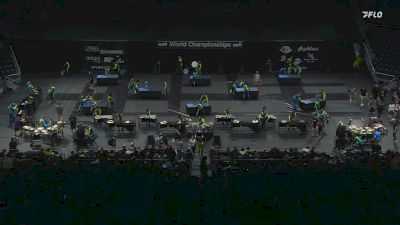 Replay: UD Arena (Highcam) - 2024 WGI Percussion/Winds World Championships | Apr 18 @ 9 PM
Replay: UD Arena (Highcam) - 2024 WGI Percussion/Winds World Championships | Apr 18 @ 9 PMApr 19, 2024
 Redline "Plymouth MI" at 2024 WGI Percussion/Winds World Championships
Redline "Plymouth MI" at 2024 WGI Percussion/Winds World ChampionshipsApr 19, 2024
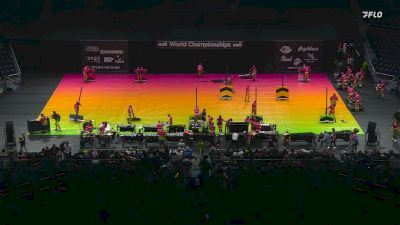 Resistance Indoor Percussion "Tulsa OK" at 2024 WGI Percussion/Winds World Championships
Resistance Indoor Percussion "Tulsa OK" at 2024 WGI Percussion/Winds World ChampionshipsApr 19, 2024
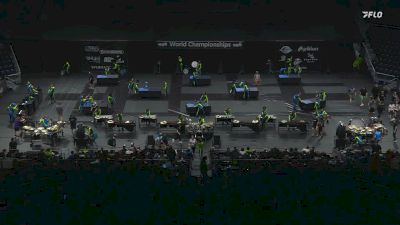 Matrix "Akron OH" at 2024 WGI Percussion/Winds World Championships
Matrix "Akron OH" at 2024 WGI Percussion/Winds World ChampionshipsApr 19, 2024
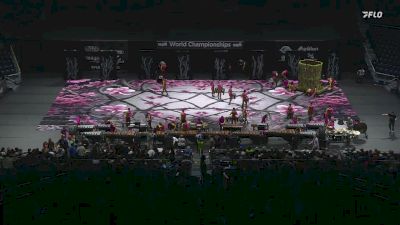 Monarch Independent "Houston TX" at 2024 WGI Percussion/Winds World Championships
Monarch Independent "Houston TX" at 2024 WGI Percussion/Winds World ChampionshipsApr 19, 2024
 Mauldin HS "Mauldin SC" at 2024 WGI Percussion/Winds World Championships
Mauldin HS "Mauldin SC" at 2024 WGI Percussion/Winds World ChampionshipsApr 19, 2024
 Replay: Nutter Center - 2024 WGI Percussion/Winds World Championships | Apr 18 @ 4 PM
Replay: Nutter Center - 2024 WGI Percussion/Winds World Championships | Apr 18 @ 4 PMApr 19, 2024
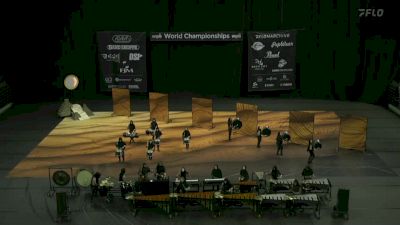 Replay: Truist Arena - 2024 WGI Percussion/Winds World Championships | Apr 18 @ 4 PM
Replay: Truist Arena - 2024 WGI Percussion/Winds World Championships | Apr 18 @ 4 PMApr 19, 2024